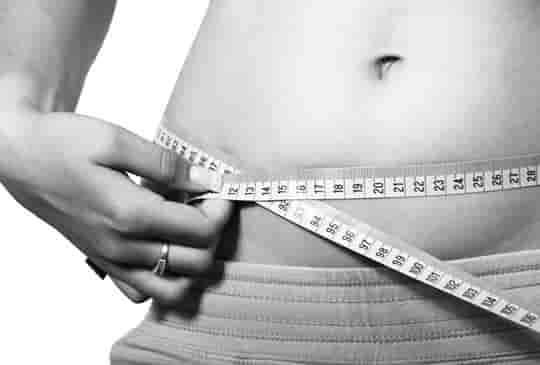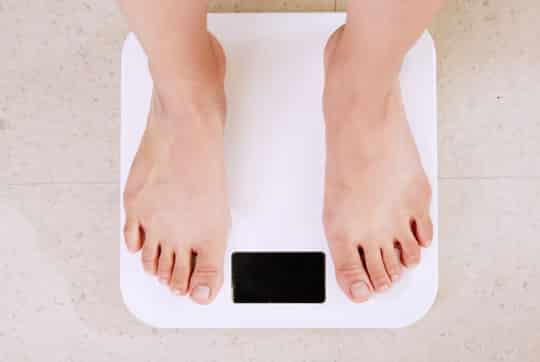The drink supplements the critical nutrients in which many are deficient.
Drinking low-fat milk is linked to increased weight loss, multiple studies find.
Two cups of low-fat milk doubled the fat loss of people in the research in comparison to soy milk or a carbohydrate drink.
Having as little as two-thirds of a glass of milk each day could even double weight loss, another study found.
Milk contains both calcium and vitamin D, which are both thought to aid weight loss.
Calcium deficiencies may affect around half of people who are obese.
When calcium levels are depleted, the body craves more food so that it can replenish levels of the essential mineral.
Vitamin D is crucial as one of its main functions is to help the body absorb calcium.
For the current study 56 men followed a weightlifting programme for 12 weeks.
They were given either two cups of skimmed milk to drink each day or a non-milk alternative.
The results showed that those drinking milk lost two pounds of fat compared with just one pound of fat loss in the other group.
Dr Stuart Phillips, study co-author, said:
“The loss of fat mass, while expected, was much larger than we thought it would be.
I think the practical implications of these results are obvious: if you want to gain muscle and lose fat as a result of working out, drink milk.”
The men who drank milk also put on much more muscle than those given a soy alternative or a carbohydrate drink.
Dr Phillips said:
“I think the evidence is beginning to mount.
Milk may be best known for its calcium content in supporting bone health, but our research, and that of others, continually supports milk’s ability to aid in muscle growth and also promote body fat loss.
To my mind – with milk being a source of nine essential nutrients – it’s a no brainer: milk is the ideal post-workout drink for recreational exercisers and athletes alike.”
The study was published in The American Journal of Clinical Nutrition (Hartman et al., 2007).










